So you want to get a bike, hey? Sounds great!
Hang on though… Before you can channel Valentino Rossi or the fine folks from Easy Rider, you’ll need the piece of paper that actually lets you ride on the road. In reality, it’s not that hard to get, although the process can seem intimidating, especially if you’re not sure what to expect.
First, for all you young readers out there, you really do need to understand what you’re getting yourself into. It’s the firm belief of this writer – and many other seasoned motorcyclists – that you’re HIGHLY ADVISED to have at least 2-3 (or more) years of on-road driving experience under your belt before you downsize your vehicle to two wheels. There are things you don’t know that you don’t know about the rules and ways of the road until you spend some time out there, and learning to maintain constant awareness of what’s coming a block or two away takes practice. The reality is that on a motorcycle, you don’t get a “reset” button, like in a video game, and obviously you don’t have the safety mechanisms offered by roofs, airbags and seatbelts.
That’s all I’ll say about that.
Getting your Class 6L
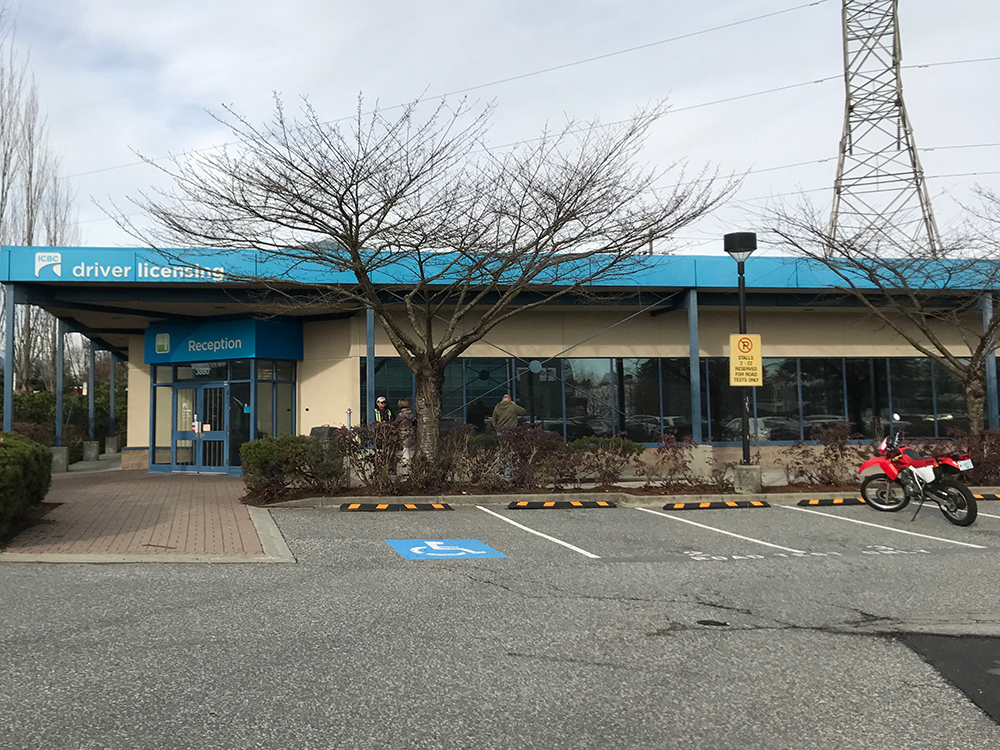
ICBC’s licensing office in Burnaby, BC
The first step is to pass your knowledge test at an ICBC Driver’s Licensing centre. The format of the test is a computerized multiple choice test, and you must correctly answer at least 80% of the questions. Study for this, because it’s harder than you might think. You must know your hand signals, understand lane positioning, and be able to identify the whereabouts of a motorcycle’s controls. You can pick up a study book at any driver’s licensing branch, and there are many resources and practice tests online.
Once you’ve got your Class 6L (for those that already have a full driver’s license) or your 8L (for those who still have their N or L for automobiles), you’re ready to ride – but with some restrictions:
- You need a full-time supervisor with a full license
- You must stay below 60km/h
- You may not ride at night
- You may not carry passengers
- And if you have a regular L, you must display an L sign
The ICBC Motorcycle Skills Test
14 days (or 30, if you have an 8L) after passing your knowledge test, you can take your Motorcycle Skills Test (MST), a parking lot exam that involves slow-speed riding through an obstacle course of cones. This test is often underestimated, and there are so many ways people fail. It ensures that you understand a pre-ride inspection, you know where all your bike’s controls are and can maneuver your bike at low speeds, proving that you can generally get around tight spaces like gas stations or a parking lot without tipping over and embarrassing yourself or jeopardizing others’ safety. You’ll be expected to show that you can weave through safety cones, handle the clutch and throttle, and accelerate to 25km per hour and then stop quickly without locking up the brakes.
One of the main reasons people fail this test? They don’t bring their feet up onto the footpegs. This is unbelievably dangerous, and for some reason, a terribly bad habit that many riders bring into their regular riding years for no good reason at all. Learn to get your feet off the ground!
And speaking of learning, there are several ways to prepare for the Motorcycle Skills Test. You can study the Tuning Up for Riders or the Learn to Ride Smart guide; you can practice, practice, practice in the presence of your supervisor, or, best of all, you can take a motorcycle training course – they often teach you how to prepare for the MST and many include the testing as part of the course.
Once you’ve proven your low speed capabilities, some of your L restrictions are removed. You can now ride over 60km/h and without a supervisor, but you can’t carry a passenger, and you also cannot ride at night. So no picking up your boyfriend from a late-night dishwashing shift…
The ICBC Road Test
You’ve now had your Class 6L for 30 days, or a Class 8N license for 24 months (and you’ve passed your Skills Test) so you’re eligible to take your full road test! This is exciting, but also terrifying, because there’s a LOT to think about and do correctly, and many fail this test before they even leave the parking lot. One thing to note is that during the spring and summer months, it’s a good idea to book your road test well in advance as road test spots are limited and tend to fill up quite quickly. Also, the tests are rain or shine. If you decide to cancel last minute, be prepared to cough up the $25 cancellation fee.
If you go through an ICBC-approved motorcycle training course, your instructor will prep you on what to expect and take you through a mock course. It’s an invaluable experience that can help minimize anxiety, and most importantly, teach you to ride safely and learn life-saving lessons that you won’t find in an ICBC manual.
During the road test, you are geared up with a two-way radio, and your examiner, who is chauffeured in a vehicle, will follow you through a variety of driving environments, giving you instructions through the radio and taking notes as you go.
According to ICBC, there are some things you can expect to be tested on during your road test:
- riding through and turning right and left at intersections
- entering and leaving traffic
- entering and exiting a highway or freeway
- changing lanes
- parking at the side of the road
- reverse stall parking
- U-turns, three point turns, and/or cul-de-sac
- general riding, including riding straight and on hills and curves
- specific hazard perception
You can bring whatever sort of bike you want to the test, but make 100% sure of two things:
1) Everything works on it – if lights, the speedometer, any safety features, or anything else is out of whack, they won’t let you take the test.
2) Understand that whatever you test on is what you’ll be eligible to ride. If you come with a bike under 200cc, you’ll be restricted to that size afterwards. Same thing goes for trikes.
Once you successfully make it back to the testing center and they declare you passed, you’re free to high-five your buddy/girlfriend/boyfriend/mom that waited for you and then head out for a ride, and this time they can jump on the passenger seat!
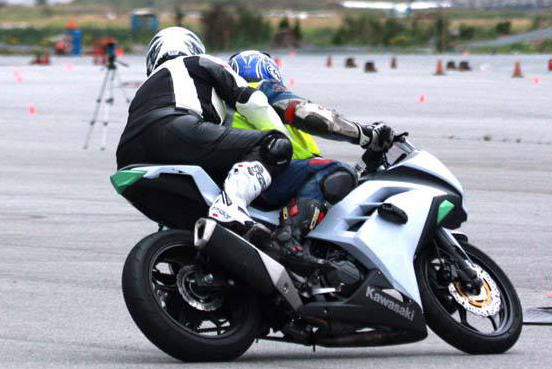
Ensure that your passenger is wearing proper gear too.
This is when people sometimes start dreaming of upsizing their bike to their first “real” bike – now that they’re no longer rookies. Well actually, you’re a rookie rider for a long, long time and it’s important to keep this in perspective as overconfidence can lead to some poor riding choices. Learn to master the bike that you have before moving on to something beyond your abilities, and consider doing a track day to continue to improve your skills. There’s this impression that the 80s “Standard Japanese Motorcycle” ~400cc twin is no longer good enough for the entry level rider. I’m not so sure about that, and there’s a lot of ways you can make terrible decisions when choosing a motorcycle, especially early on in your riding years. There’s no need to be a displacement hero, and if there’s one thing you’ll quickly learn, it’s that it’s a lot more fun to ride a small bike fast than a big bike slow.
To that end, here are some thoughts on why you want to think long and hard about what sort of bike you buy when you’re just getting started.
Resources:
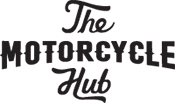
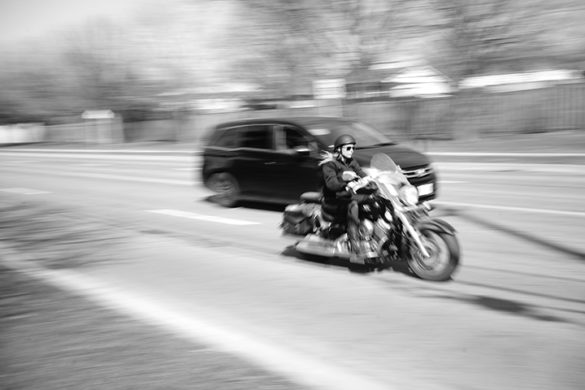
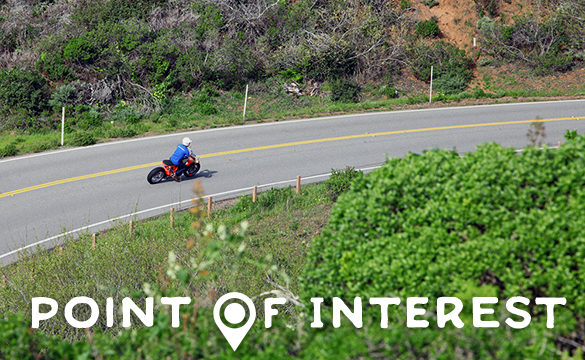
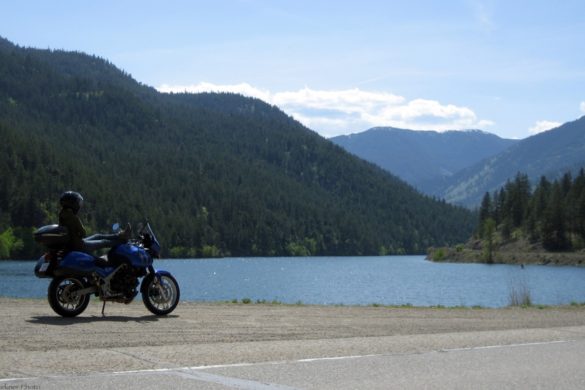
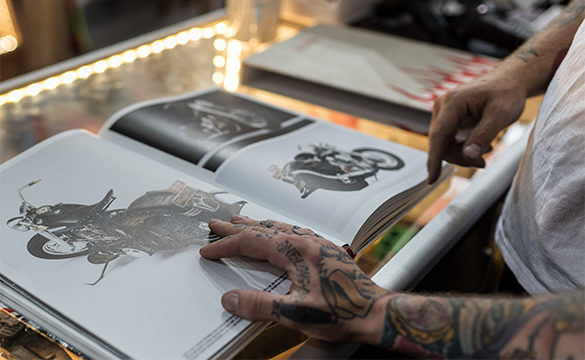
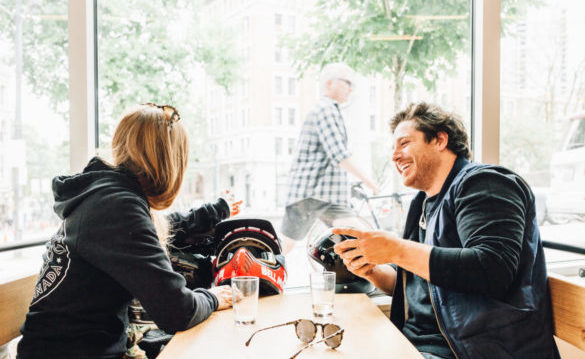
1 comment
Morning, my question is I’m a 57 year old Canadian / British citizen with a British motorcycle license. I have vast experience on motorcycles having ridden thru Africa on a bike in 2000.
I would like to get my Canadian bike license and want a brush up course and test, where would I get this and what’s the procedure for doing the test again. Is there a procedure? Do I have to take a test again. I have a Canadian car license…thankyou.